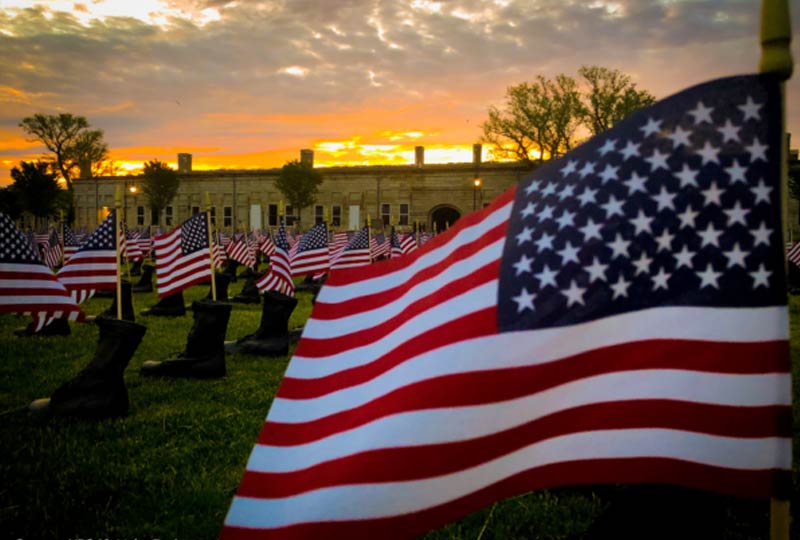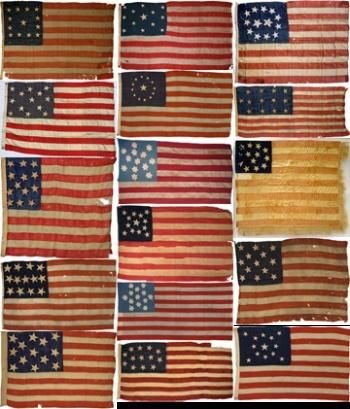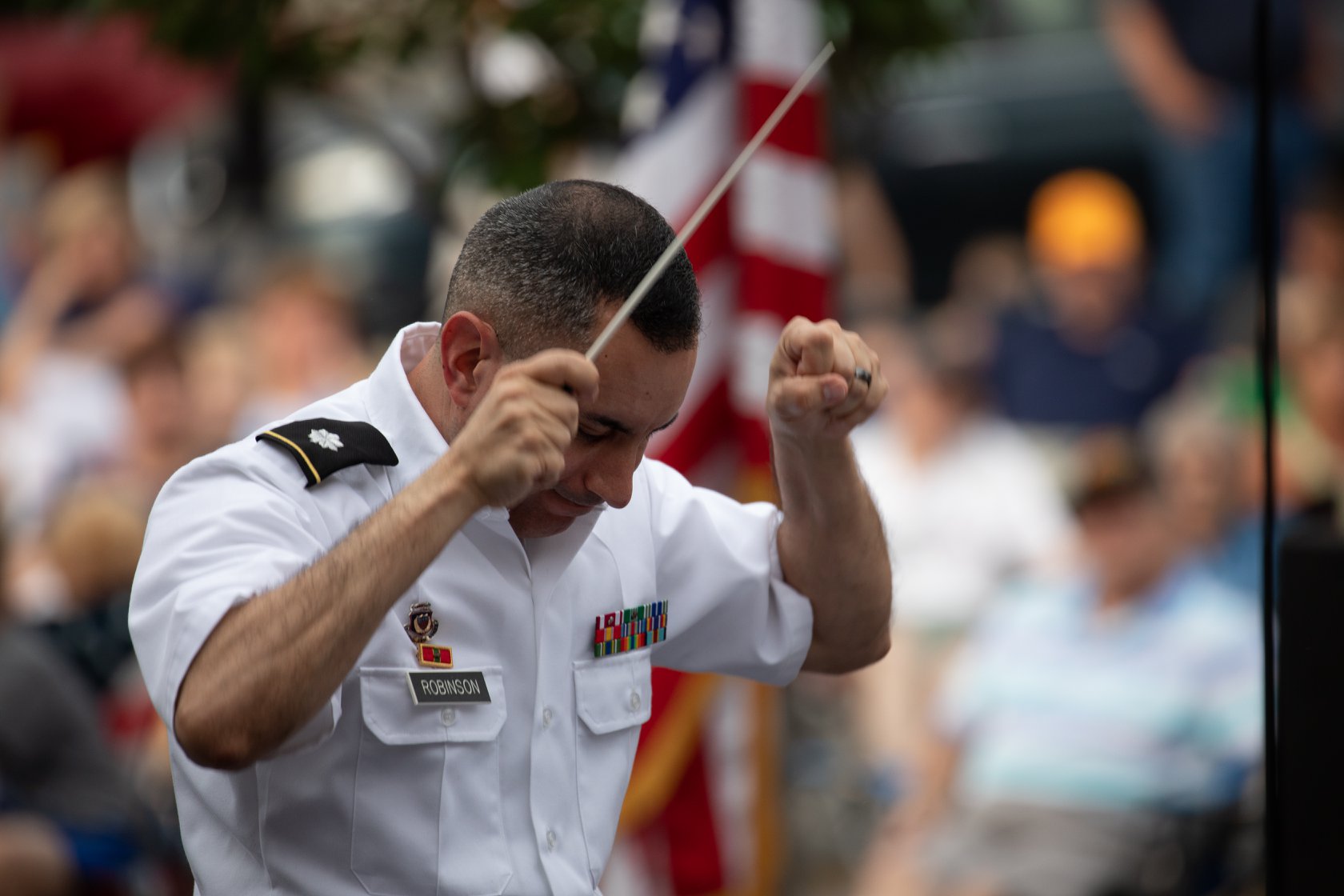
https://www.hfotusa.org/important-military-holidays-and-observances-for-2021/
MPORTANT MILITARY HOLIDAYS AND OBSERVANCES FOR 2021
January 4, 2021| By Teresa Verity
The beginning of the New Year is a good time to look ahead at important military holiday dates in the upcoming months. There are many dates and observances set aside specifically to recognize military members and their families throughout the year.
While all of us at Homes For Our Troops believe in honoring Veterans and Servicemembers every day, we have compiled a list of significant military dates to mark on your calendar for 2021:
Feb. 3, 2021 – Four Chaplains Day – A day to remember the four U.S. Army chaplains who made the ultimate sacrifice when the USAT Dorchester sank during World War II.
Feb. 19, 2021 – Coast Guard Reserve Birthday
March 3, 2021 – Navy Reserve Birthday
March 13, 2021 K-9 Veterans Day – The date is the official birthday of the United States K9 Corps and a day to honor their service.
March 25, 2021 Medal of Honor Day – A holiday to honor the heroism and sacrifice of Medal of Honor recipients for the United States.
March 29, 2021 – Vietnam Veterans Day – A national holiday to recognize and honor Veterans who served in the military during the Vietnam War. Learn more about Vietnam Veterans Day here.
April 5, 2021 – Gold Star Spouses Day – A day dedicated to those whose spouses gave their lives while serving in the U.S. military or as a result of service-connected injuries or illness.
April 14, 2021 – Air Force Reserve Birthday
April 23, 2021 – Army Reserve Birthday
May 1, 2021 – Silver Star Banner Day – Per Congressional resolution, it is an “Official Day to honor wounded, ill, and injured Veterans”.
May 7, 2021 – Military Spouse Appreciation Day – This date recognizes the service and sacrifices of military spouses.
May 13, 2021 – Children of Fallen Patriots Day – A day to honor the children left behind by the brave men and women who gave their lives while defending our freedom.
May 15, 2021 – Armed Forces Day Observed on the third Saturday every May, this is a day dedicated to paying tribute to men and women currently serving in the U.S. Armed Forces.
May 31, 2021 – Memorial Day A solemn occasion to honor the men and women who died while serving in the military. Learn more about Memorial Day here.
June 6, 2021 – Anniversary of the World War II Allied invasion in Normandy, France, now known as D-Day.
June 14, 2021 – Flag Day – A day to celebrate the adoption of the U.S. flag.
June 14, 2021 – Army Birthday
June 23, 2021 – Coast Guard Auxiliary Birthday
June 27, 2021 – National PTSD Awareness Day – A day to bring awareness about issues related to PTSD. Find resources for PTSD here.
July 4, 2021 – Independence Day
July 27, 2021 – Korean War Veterans Armistice Day
Aug. 4, 2021 – Coast Guard Birthday
Aug. 7, 2021 – Purple Heart Day – A time for Americans to pause to remember and honor the brave men and women who were either wounded on the battlefield or paid the ultimate sacrifice. Learn more about the Purple Heart.
Aug. 29, 2021 – Marine Forces Reserve Birthday
Sept. 11, 2021 – Patriot Day – An annual observance to remember and honor those who were injured or killed during the Sept. 11, 2001 terrorist attacks.
Sept. 18, 2021 – Air Force Birthday
Sept. 26, 2021 – Gold Star Mother’s and Family’s Day – A day to honor the families of fallen Servicemembers.
Oct. 13, 2021 – Navy Birthday
Oct. 26, 2021 – National Day of the Deployed
Nov. 10, 2021 – Marine Corps Birthday
Nov. 11, 2021 – Veterans Day – This is the anniversary of the signing of the armistice treaty, which ended World War I and is also a day to thank military Veterans for their service.
Dec. 7, 2021 – Pearl Harbor Remembrance Day – The anniversary of the day Japan attacked Pearl Harbor, Hawaii, signaling the United States’ entrance into World War II. Learn more about Pearl Harbor Day.
Dec. 13, 2021 – National Guard Birthday
Dec. 18, 2021 – National Wreaths Across America Day
Significant Military Months
April – Month of the Military Child
May – National Military Appreciation Month
May – Month of the Military Caregiver
November – Military Family Month, Warrior Care Month


















